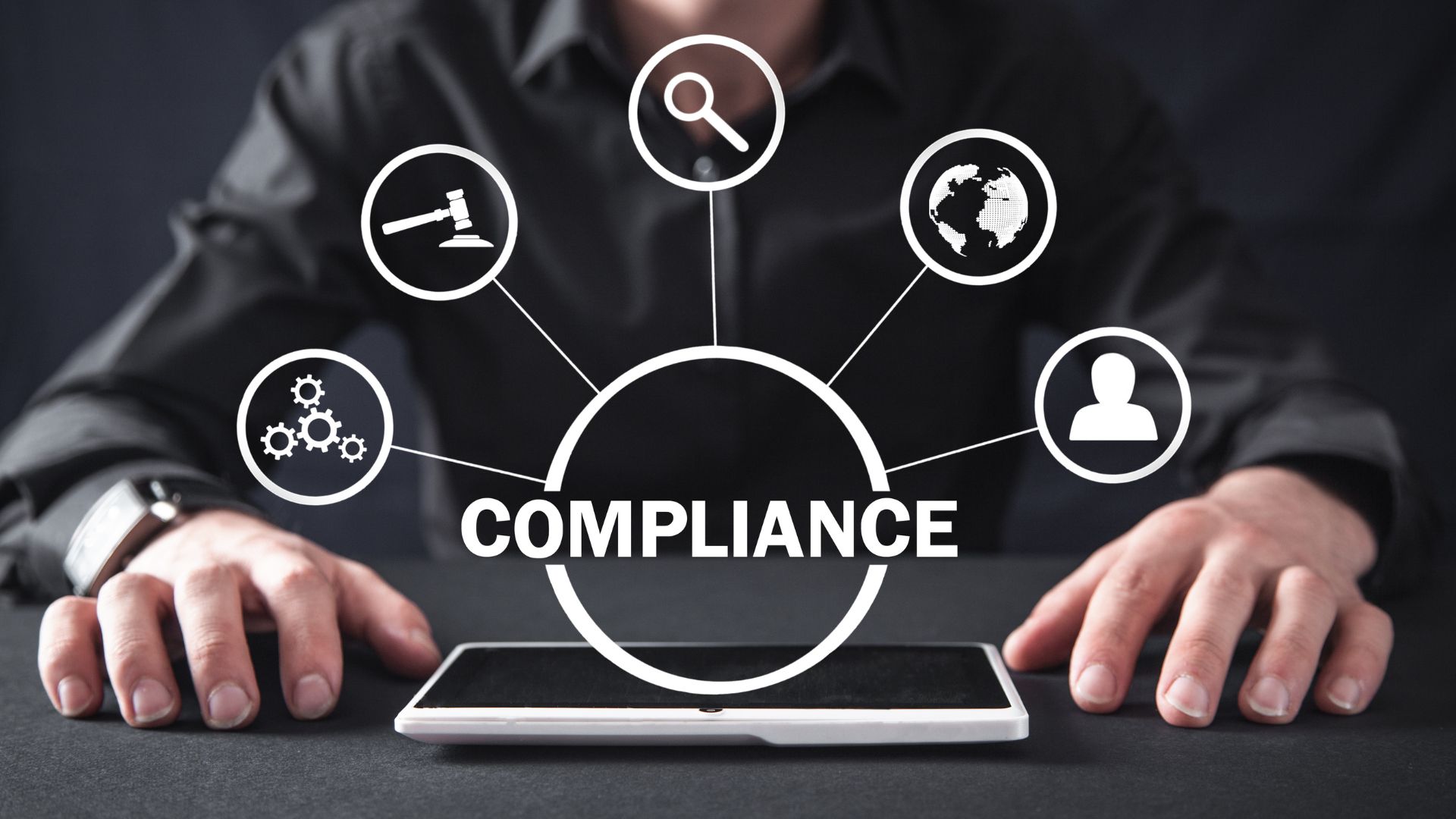
Danielle Tan
Chief Operating Officer
Discover the truth behind common myths about GHG reporting. Learn how accurate greenhouse gas emissions reporting works, debunk misconceptions, and ensure compliance with sustainability standards for your business.

Greenhouse gas (GHG) reporting has become a cornerstone of corporate sustainability, yet it remains a topic shrouded in confusion and misconceptions. Many organizations hesitate to begin their GHG reporting journey due to myths that misrepresent the process, costs, or value of reporting. In this article, we’ll debunk some of the most common myths about GHG reporting and shed light on the reality behind them.

Myth 1: GHG Reporting Is Only for Large Corporations
The Myth: Only multinational corporations or businesses in heavily regulated industries need to engage in GHG reporting.
The Reality: GHG reporting is relevant to organizations of all sizes and sectors. While regulations may initially target larger emitters, smaller businesses are increasingly expected to measure and report their emissions due to pressure from stakeholders, customers, and supply chain partners. In fact, many large corporations require their suppliers (often small and medium-sized enterprises) to disclose their carbon footprint as part of their sustainability initiatives.
Why It Matters: Small businesses that start GHG reporting early can gain a competitive edge by aligning with market trends, securing contracts with environmentally conscious clients, and preparing for future regulations.
Myth 2: GHG Reporting Is Too Expensive
The Myth: Tracking and reporting GHG emissions is prohibitively costly, requiring significant investments in tools, software, and external expertise.
The Reality: While GHG reporting does involve some upfront costs, these are often outweighed by the benefits. Many cost-effective tools and frameworks, such as the GHG Protocol, offer free resources and guidance. Additionally, the insights gained from reporting can lead to cost savings through improved energy efficiency and waste reduction.
Why It Matters: By identifying inefficiencies, businesses can lower operational costs while reducing emissions, creating a win-win scenario for both the bottom line and the environment.
Myth 3: GHG Reporting Requires Perfect Data
The Myth: Businesses can’t start GHG reporting until they have complete and precise data for all their emissions.
The Reality: It’s better to start with the data you have than to delay reporting while waiting for perfection. Most frameworks, including the GHG Protocol, allow for estimates and provide methodologies to fill data gaps. Over time, businesses can refine their processes and improve the accuracy of their data.
Why It Matters: Starting early allows organizations to build a culture of sustainability and gradually enhance their data collection and reporting capabilities.

Myth 4: GHG Reporting Is Only About Compliance
The Myth: GHG reporting is just another regulatory burden with little value beyond avoiding penalties.
The Reality: While compliance is a key driver, GHG reporting offers much more than regulatory adherence. It provides a foundation for setting sustainability goals, improving operational efficiency, enhancing brand reputation, and meeting customer and investor expectations. Transparent reporting can also attract green financing and investment opportunities.
Why It Matters: Organizations that view GHG reporting as a strategic tool rather than a compliance task are better positioned to achieve long-term success and resilience.
Myth 5: GHG Reporting Is Irrelevant If the Business Has Low Emissions
The Myth: Only organizations with high emissions need to worry about GHG reporting.
The Reality: Every organization contributes to GHG emissions, whether through direct activities (e.g., fuel combustion) or indirect activities (e.g., energy consumption and supply chain operations). Even companies with seemingly low emissions, such as service-based industries, can make a significant impact by addressing Scope 2 (purchased electricity) and Scope 3 (value chain) emissions.
Why It Matters: Low-emission businesses can demonstrate leadership by showcasing their commitment to sustainability, inspiring others to follow suit.
Myth 6: Offsetting Emissions Is a Substitute for GHG Reporting
The Myth: Purchasing carbon offsets negates the need to track or report emissions.
The Reality: While carbon offsets can play a role in achieving net-zero goals, they should complement—not replace—GHG reporting. Accurate reporting is essential for identifying and reducing emissions at their source. Offsetting is most effective after an organization has minimized its emissions as much as possible.
Why It Matters: Transparency and accountability are critical. Stakeholders increasingly expect businesses to prioritize direct reductions before relying on offsets.

Myth 7: GHG Reporting Results Are Too Complicated to Communicate
The Myth: GHG reporting produces technical, complex data that is difficult to convey to stakeholders.
The Reality: Modern reporting tools and frameworks provide clear guidelines for presenting GHG data in a way that is accessible to a wide audience. Many organizations use visual aids, like charts and infographics, to simplify complex information and highlight key takeaways.
Why It Matters: Effective communication builds trust and demonstrates a company’s commitment to transparency and sustainability.
Myth 8: GHG Reporting Doesn’t Make a Difference
The Myth: A single business’s efforts won’t significantly impact global emissions.
The Reality: Every organization’s actions contribute to the larger goal of combating climate change. Moreover, businesses that report and reduce their emissions often influence their industry peers, supply chains, and customers to follow suit, creating a ripple effect of positive change.
Why It Matters: Collective action is essential to tackling climate change. Your organization’s efforts can inspire others and contribute to a global movement toward sustainability.
Conclusion
Greenhouse gas reporting is not as daunting or burdensome as many myths suggest. In reality, it is an invaluable tool for understanding and managing your organization’s environmental impact, building resilience, and creating long-term value.
By dispelling these myths, businesses can embrace GHG reporting with confidence, recognizing it as an opportunity to lead in sustainability and secure a competitive edge in a rapidly evolving world. The first step is to start—your journey toward a more sustainable future begins with understanding your emissions today.
Got GHG reporting questions?
Let’s clear up the confusion! Reach out today – we’re here to help!






